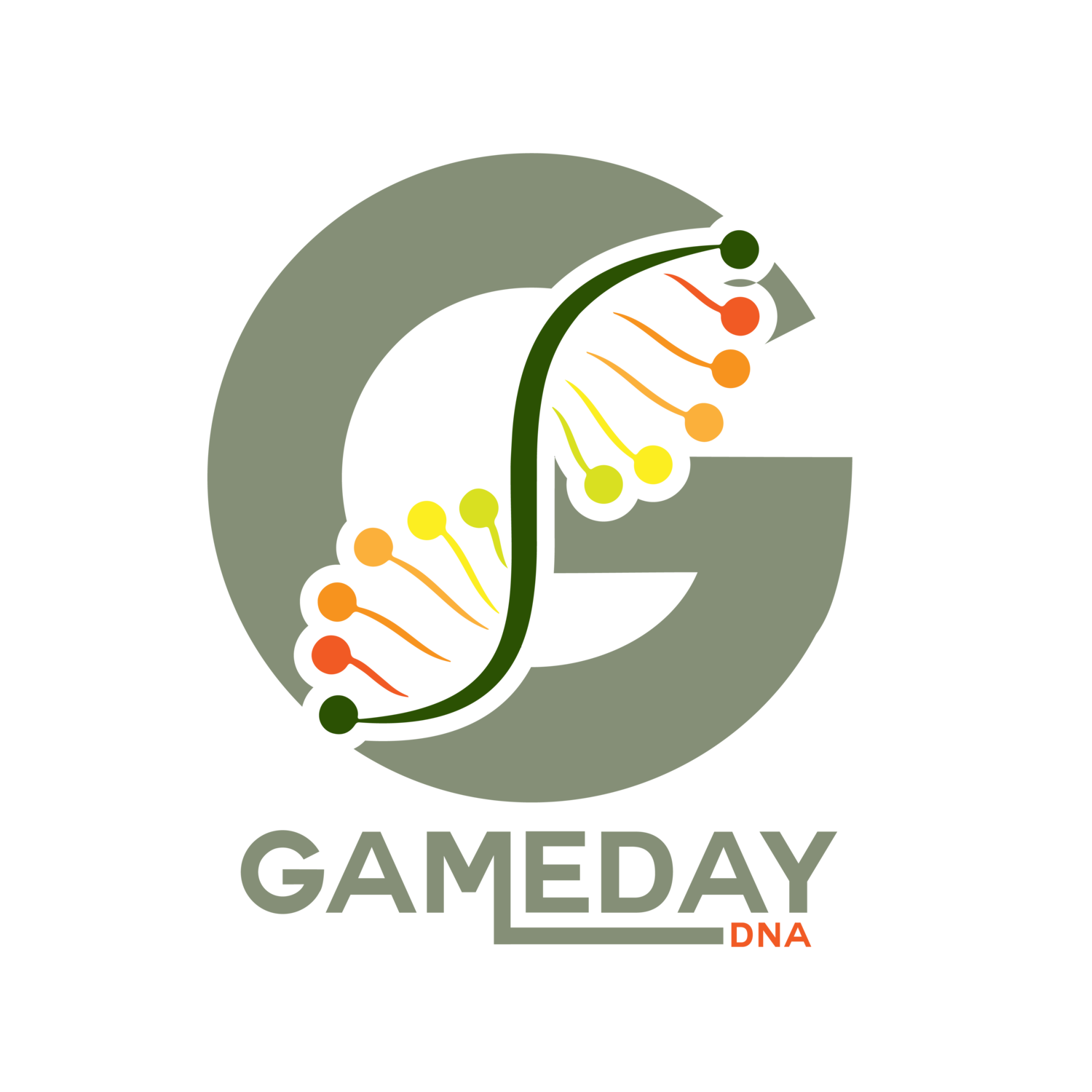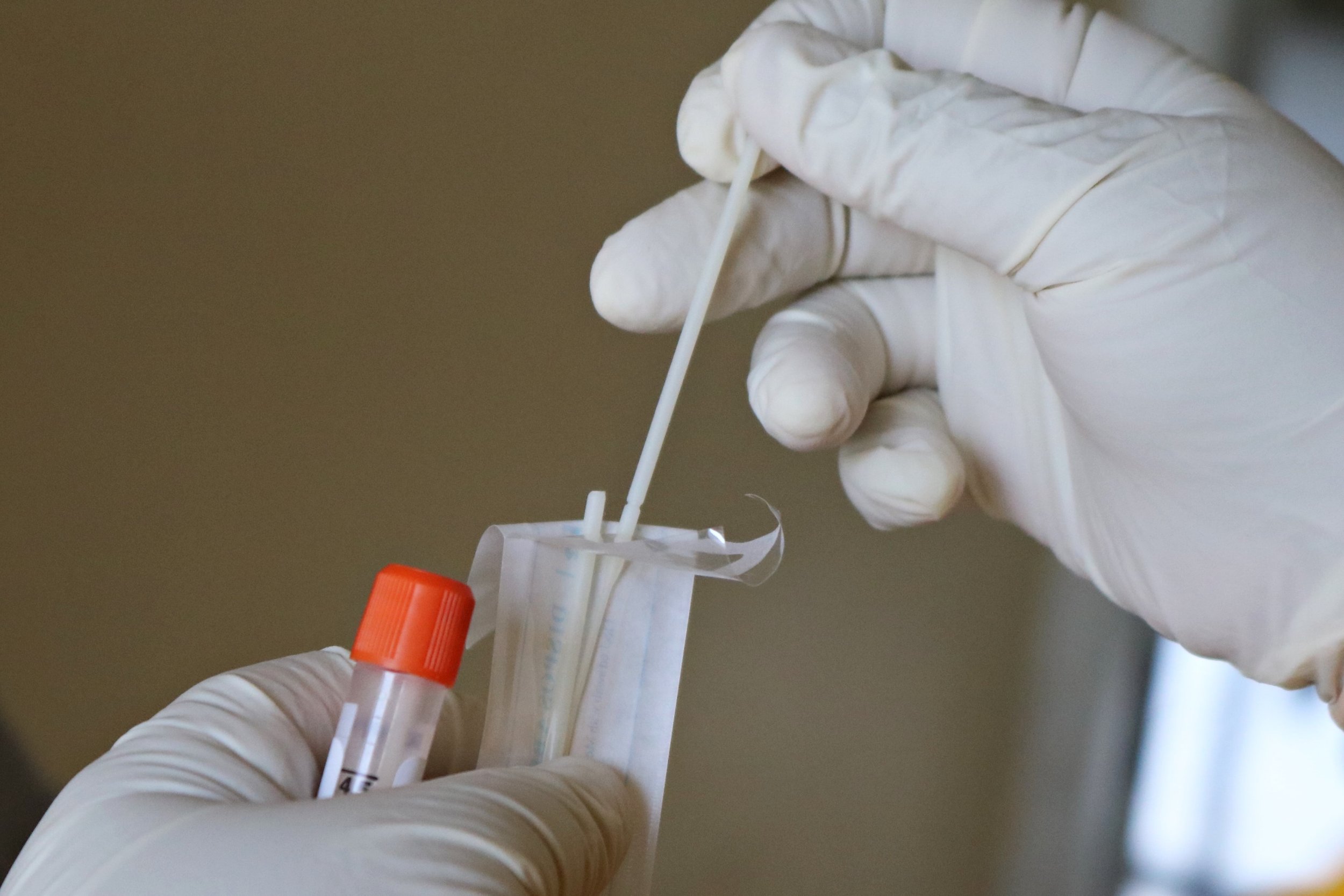DNA Paternity Testing: Blood vs. Saliva vs. Cheek Swabs – What’s the Most Accurate Method?
Choosing the Best DNA Sample for Paternity Testing: Blood, Cheek Swab, or Saliva?
DNA paternity testing is the most accurate way to confirm biological relationships, but not all sample collection methods—cheek swab, blood draw, or saliva—are equally effective or convenient. In this guide, we compare cheek swabs, blood samples, and saliva tubes for paternity testing to help you choose the top method for accurate, fast, and stress-free results.
Why Cheek Swabs Are the #1 Choice for DNA Paternity Tests
Cheek (buccal) swabs are widely considered the best specimen for paternity DNA testing due to their simplicity, non-invasiveness, and high accuracy. Swabbing the inside of the cheek collects quality DNA without needles, pain, or discomfort—making it ideal for all ages.
Cheek Swab Benefits for Paternity Testing
100% painless and easy—ideal for adults, kids, and infants.
Convenient for home or lab use, with clear instructions.
Highly accurate: When processed by AABB- or ISO-certified labs, results are legally valid and over 99.9% reliable.
No special storage or preparation required.
Cheek swabs are the preferred DNA collection method for at-home paternity kits and legal tests alike, providing all families with peace of mind and scientifically valid answers, without invasive procedures.
Cheek Swab vs. Saliva Tube DNA Tests: Which Is More Reliable for Paternity?
Saliva samples are another common method for DNA testing, but cheek swabs and saliva tubes have important differences:
Cheek Swabs:
Faster, simpler sample collection—especially ideal for infants, young kids, or anyone sensitive to invasive procedures.
Lower risk of contamination when handled properly, since cheek cells are less affected by food or environmental particles.
Saliva Tubes:
Require greater saliva volume, sometimes making them unsuitable for infants or children.
Higher risk of contamination from food, beverages, or environmental exposure.
For most paternity testing situations, cheek swabs are the top choice for reliability, accuracy, and ease of use.
Cheek Swab vs. Blood Sample for DNA Testing: Pros & Cons for Paternity Cases
Blood draws are medically reliable, commonly used for some specific DNA or prenatal tests—but are often unnecessary for standard paternity DNA testing.
Blood Samples:
Gold-standard quality DNA, but require needles, appointments, and may cause discomfort.
Typically recommended only when medically necessary (such as for prenatal paternity or special medical analysis).
Cheek Swabs:
Just as accurate as blood samples for paternity testing when processed by accredited laboratories.
Completely non-invasive, painless, and easy to self-collect or collect from children at home or in a clinic.
How Long Does Saliva DNA Last? Stability & Storage for Reliable Results
While saliva DNA tests can be accurate, sample integrity depends on proper handling. Heat, moisture, and long transit times can degrade DNA in saliva tubes, making correct storage and quick shipment essential to ensure results remain valid until lab analysis.
Drinking Water Before Saliva DNA Collection: Best Practices for Accurate Results
For optimal accuracy with saliva-based DNA tests, avoid eating, drinking (except plain water), smoking, or chewing gum for at least 30 minutes before collection. Limiting these factors minimizes the risk of contamination and ensures higher-quality DNA for testing.
Conclusion: What’s the Best Sample for Accurate DNA Paternity Testing?
Choosing the right specimen is critical for reliable paternity DNA testing results.
Cheek swabs are the gold standard: painless, non-invasive, and deliver highly accurate, court-defensible answers when processed by certified labs.
Blood samples offer excellent DNA quality but are typically unnecessary for most paternity disputes.
Saliva samples are convenient for many situations but require careful handling and are more sensitive to delays or improper storage.
For most families and legal cases, a properly collected cheek swab processed by an accredited lab offers the best balance of convenience, comfort, and scientific accuracy.
Frequently Asked Questions About DNA Sample Collection
Are cheek swabs as accurate as blood samples for paternity testing?
Yes! Cheek swabs provide equally accurate results as blood samples when processed by accredited labs.
How long does it take to get results from a cheek swab test?
Results are typically available within 2–5 business days after the lab receives your samples.
Can saliva samples be used for legal paternity tests?
Yes! Saliva samples can be used for legal tests if collected under chain-of-custody protocols at an accredited facility.
Why are cheek swabs preferred over saliva tubes?
Cheek swabs are faster to collect, less prone to contamination, and easier to use with infants or young children compared to saliva tubes.
Do I need special preparation before using a cheek swab?
Yes! Avoid eating, drinking (except water), smoking, or chewing gum at least 30 minutes before collecting your sample to ensure accuracy.
Follow us on Instagram and Twitter! If you have questions about paternity tests or other DNA testing services, please contact our Client Support Center at 302-529-1789, Mon-Sunday from 8:00 AM to 9:00 PM Eastern Time. Our friendly, expert representatives are ready and happy to help. Get answers anytime by visiting our Help Center.


